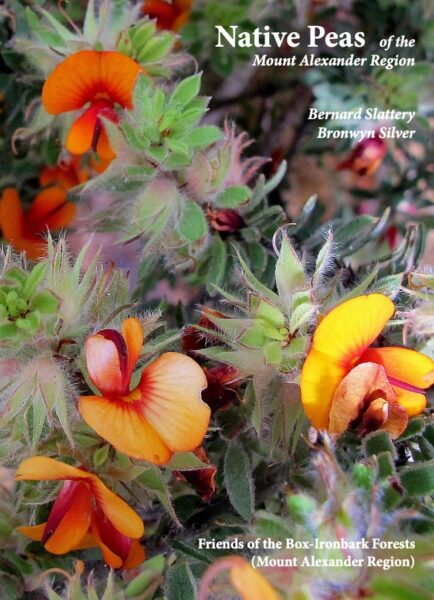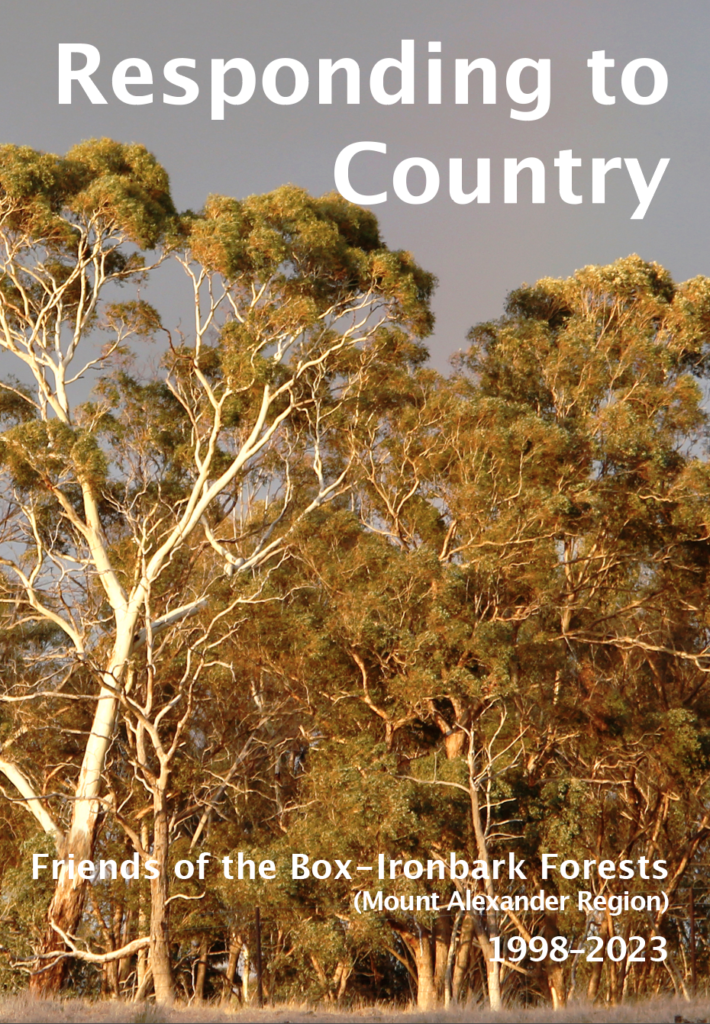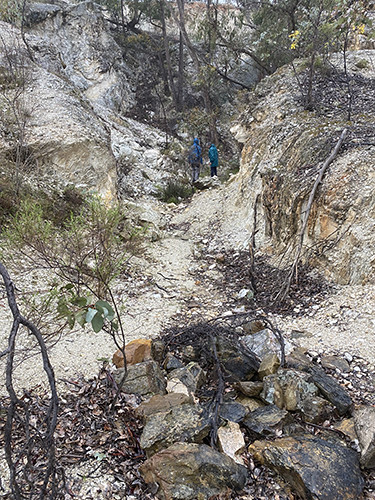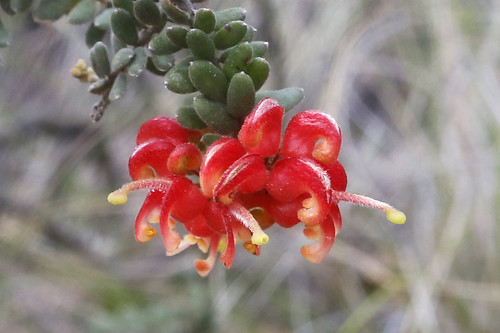A century ago it was common enough to see enormous flocks of Regent honeyeaters in woodland country from Queensland to South Australia. Habitat depletion has led to drastic decline in the numbers of this beautiful bird [see a photo and more info here]: it’s now extinct in SA and endangered elsewhere. When a single bird appeared in a Newstead Ironbark in 2003 it became an instant celebrity, and it’s been estimated that over a hundred people came to have a look at it [the regent appeared unphased by the attention and stayed for over a month.]
Efforts to save the Regent focus on restoration of its preferred box ironbark habitat. The model project for this is the one run by Ray Thomas in the Lurg Hills of North Eastern Victoria. Neville Cooper has written the following account of a visit to the project in late October:
Ray Thomas, the Regent Honeyeater’s Project Co-ordinator, took us to 8 different sites. On our travels he explained how the project is engaging the farming community in restoring the significant remnant Box-Ironbark habitat for the endangered species that are still living in the area. The Regent Honeyeater, the Grey-crowned Babbler, Squirrel Gliders and Brush-tailed Phascogales at the top of the list. Of the 150 species of birds known to reside in the area, 11 have been declared threatened in Australia.
The Regent Honeyeater, once seen flying in flocks of hundreds, are only spotted occasionally now (not on our trip). They have not returned in great numbers yet because the trees haven’t reached the optimum flowering age.
The main ecological problems the Project has had to deal with are fragmentation of the Box-Ironbark belt; loss of understorey; dieback; mistletoe infestations; loss of roadside vegetation; unsustainable agriculture; erosion; salinity; loss of bio-diversity; and habitat loss.
We discussed and, where possible, were shown solutions to some of these problems. For example, restoring the understorey to attract insect predators, which in turn helps restore the ecological balance.
Continue reading →

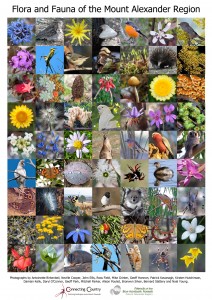



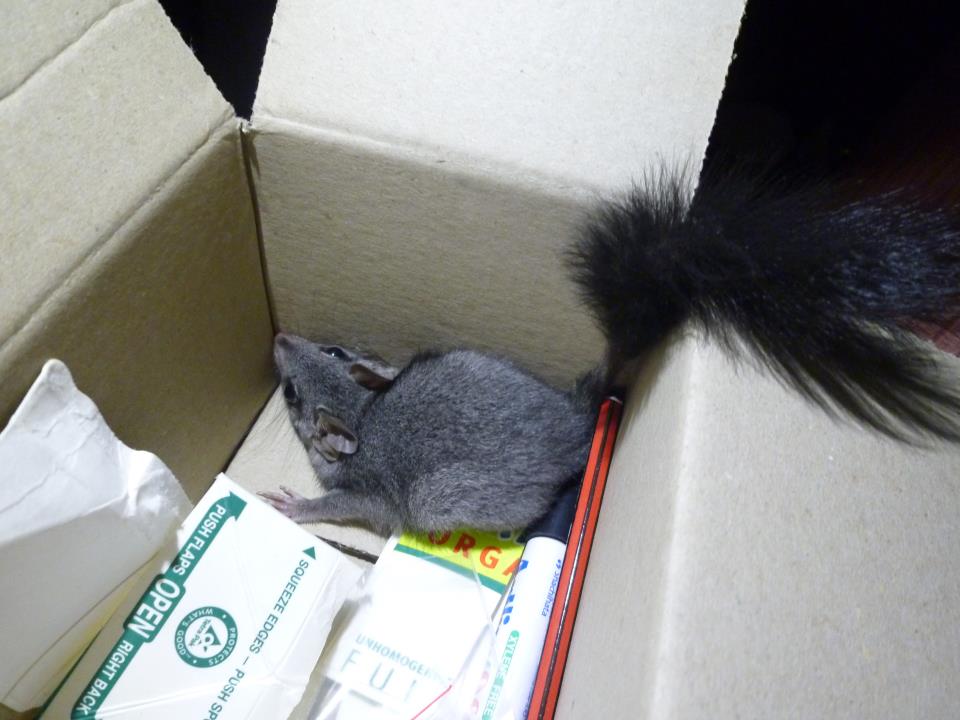
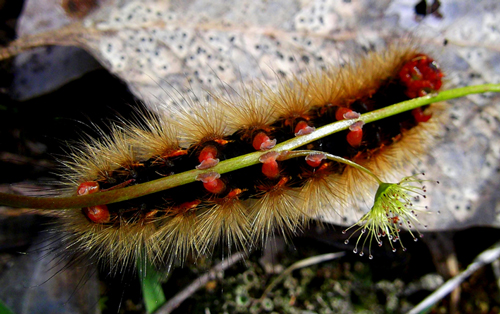

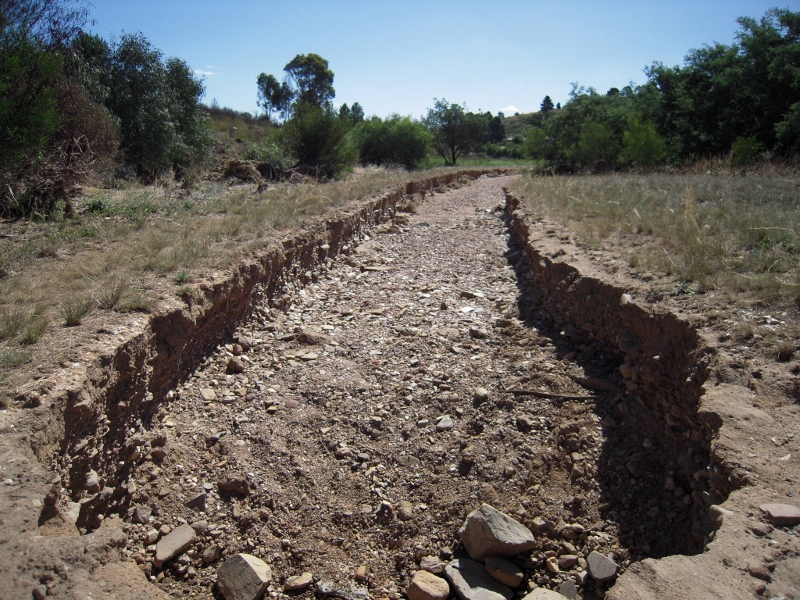

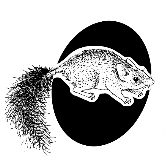

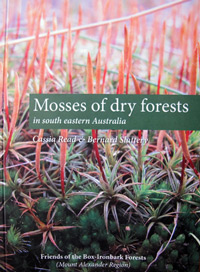 Click on image for info/order page
Click on image for info/order page Click on image for info/order page
Click on image for info/order page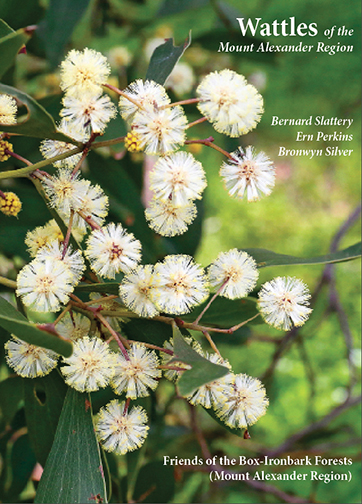 Click on image for info/order page
Click on image for info/order page